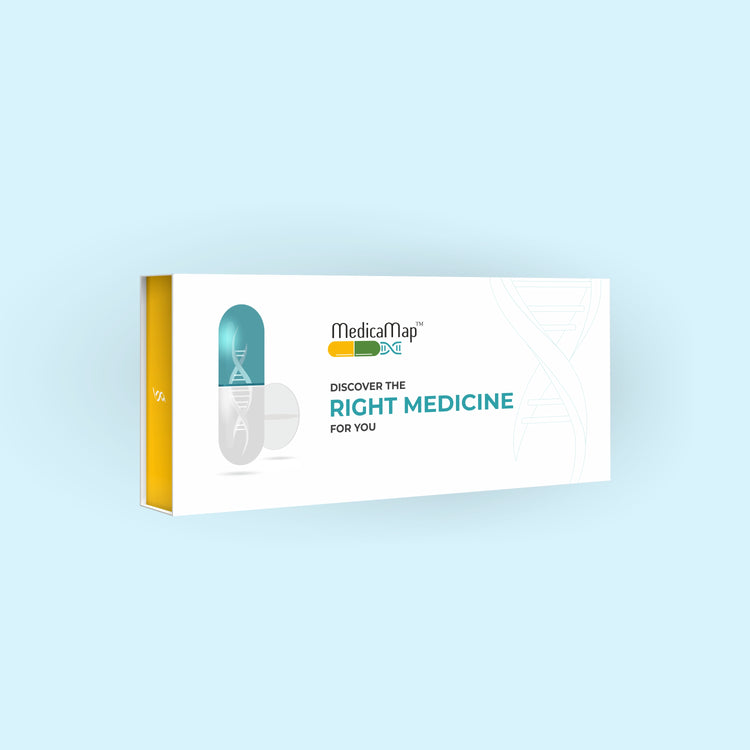Glyburide
Introduction
Glyburide, known by its brand names Daonil and Glynase, is a widely used medication for managing type 2 diabetes. In India, it‘s available under several brand names, offering wider accessibility to patients. Let‘s delve deeper into Glyburide, its Indian counterparts, how it works, its uses, benefits, potential side effects, and tips for safe usage.
How Glyburide Works
Glyburide belongs to a class of drugs called sulfonylureas. It works by stimulating the pancreas to release more insulin, a hormone that helps regulate blood sugar levels. By increasing insulin production, Glyburide helps lower blood glucose in people with type 2 diabetes.
Indian Brand Names for Glyburide
In India, you can find Glyburide under various brand names, such as:
- Daonil (Sanofi)
- Glynase (USV)
- Diamicron (Servier)
- Euglucon (Abbott)
Uses of Glyburide
Glyburide is primarily prescribed for:
- Type 2 Diabetes: It is used to control blood sugar levels in adults with type 2 diabetes.
- Combination Therapy: Glyburide may be used in combination with other diabetes medications, such as metformin or insulin, for better blood sugar control.
Benefits of Glyburide
- Effective Blood Sugar Control: Glyburide has been proven to effectively lower blood sugar levels in people with type 2 diabetes.
- Convenient Dosing: It‘s typically taken once or twice daily, making it easy to incorporate into your daily routine.
- Affordable Indian Options: The availability of Indian brands makes Glyburide more affordable and accessible to patients.
Side Effects of Glyburide: Focus on Hypoglycemia
While Glyburide is generally safe, it can cause side effects. The most significant risk is hypoglycemia (low blood sugar). Symptoms of hypoglycemia include:
- Shakiness or trembling
- Sweating
- Anxiety
- Hunger
- Dizziness
- Confusion
- Rapid heartbeat
If you experience any of these symptoms, it‘s important to treat low blood sugar immediately by consuming a fast-acting carbohydrate source like glucose tablets, fruit juice, or candy.
Tips for Managing Hypoglycemia:
- Monitor Blood Sugar Regularly: Regularly check your blood sugar levels, especially if you‘re starting Glyburide or adjusting your dosage.
- Carry a Quick-Acting Carbohydrate: Always have a source of fast-acting carbohydrate on hand in case of hypoglycemia.
- Talk to Your Doctor: If you experience frequent episodes of hypoglycemia, your doctor may need to adjust your medication or dosage.
Other Potential Side Effects
Besides hypoglycemia, other potential side effects of Glyburide include:
- Upset stomach
- Weight gain
- Skin rash
- Itching
